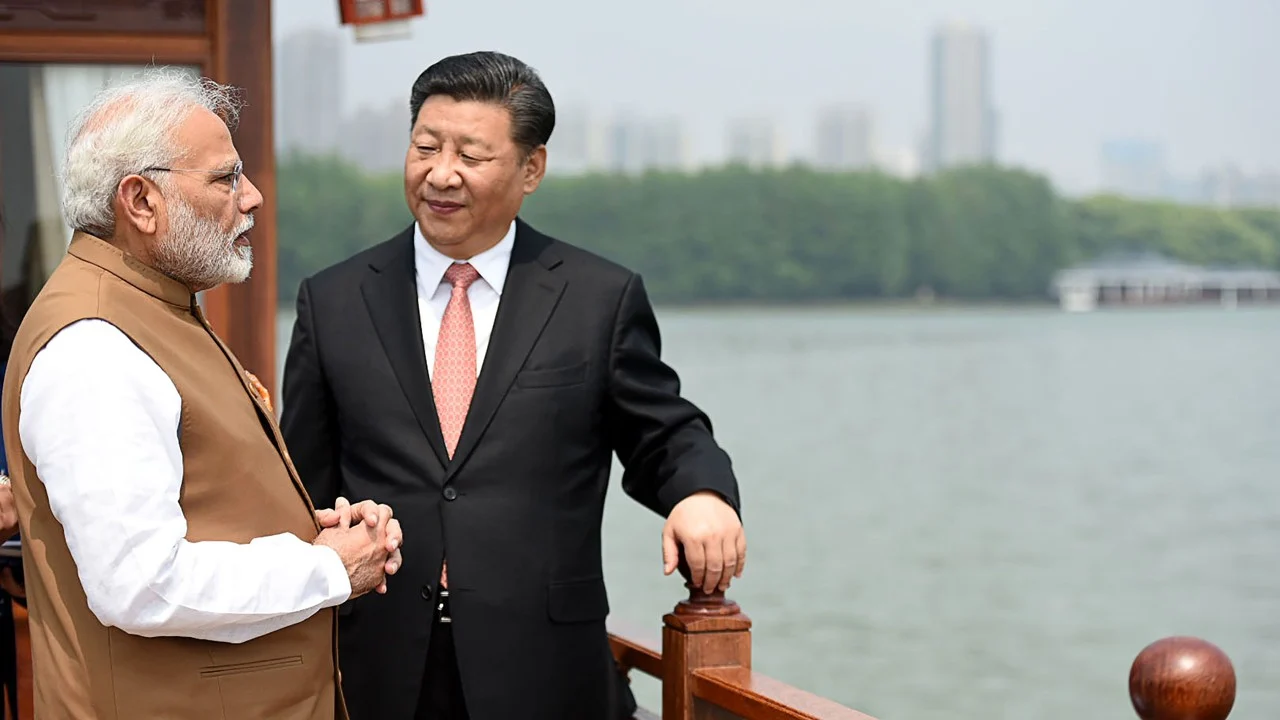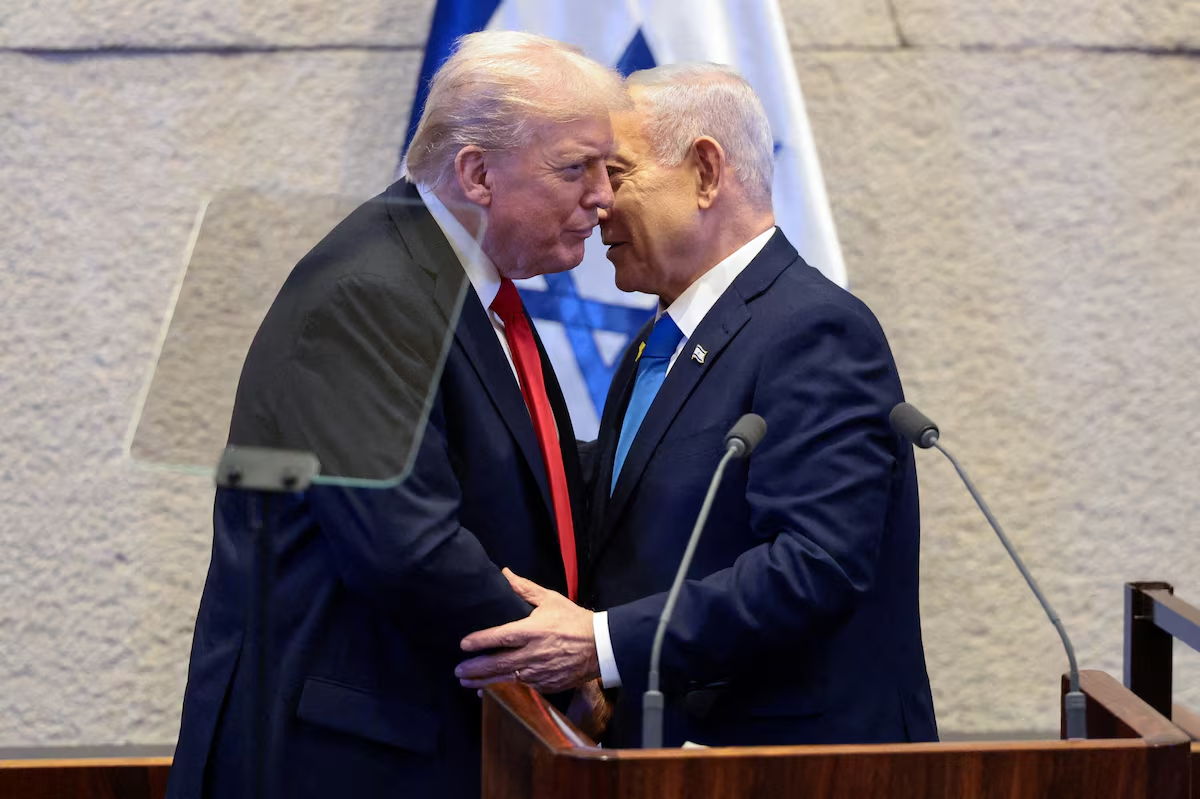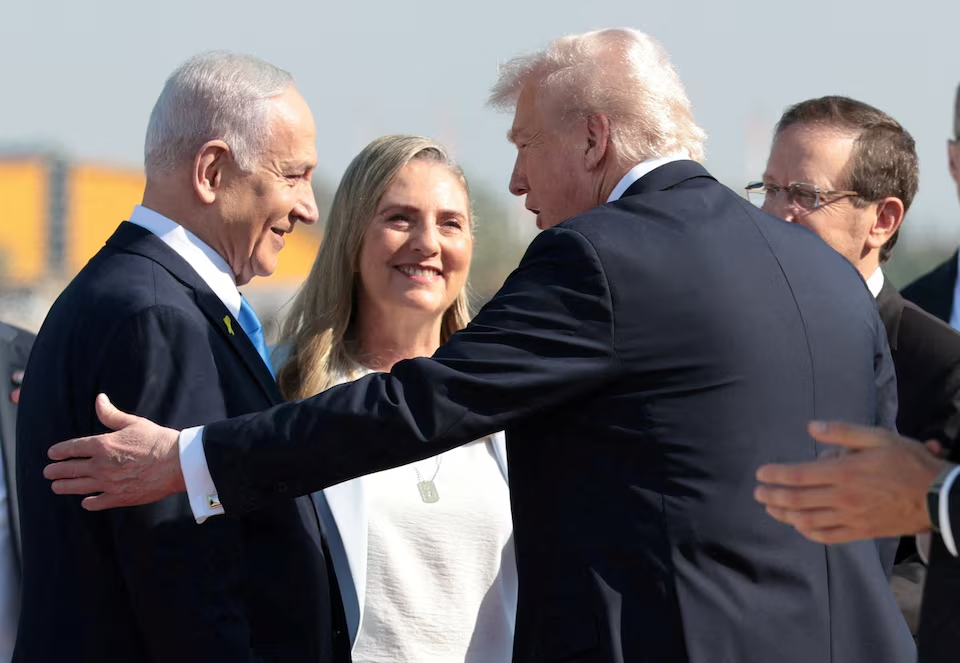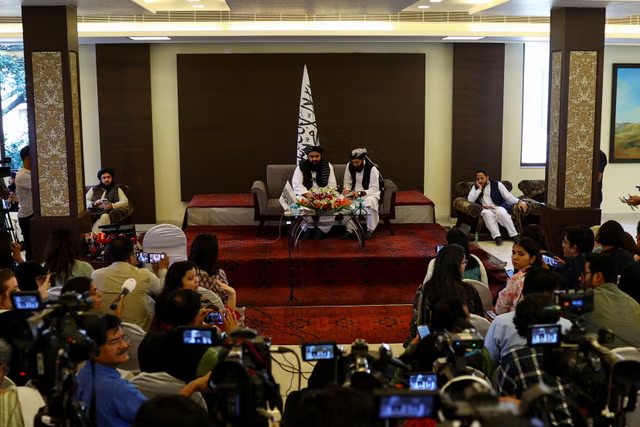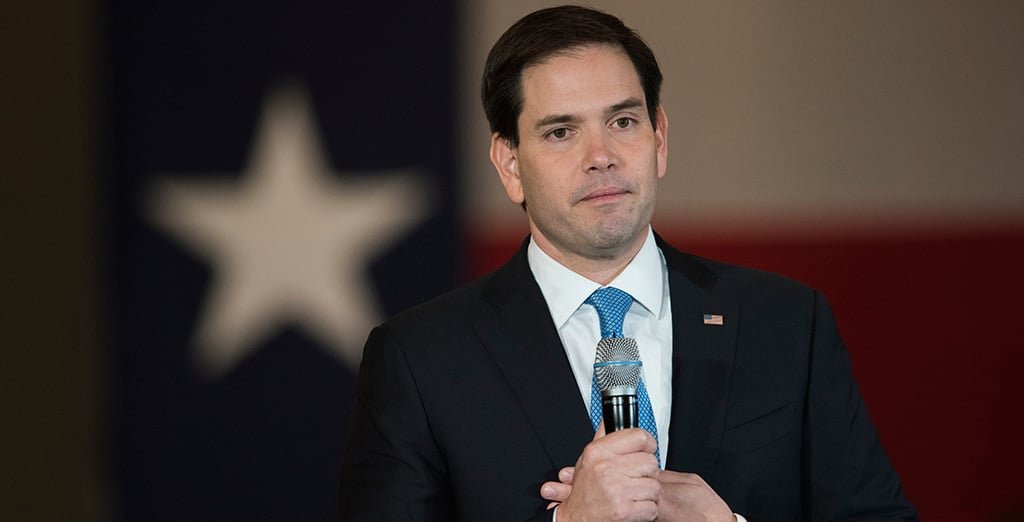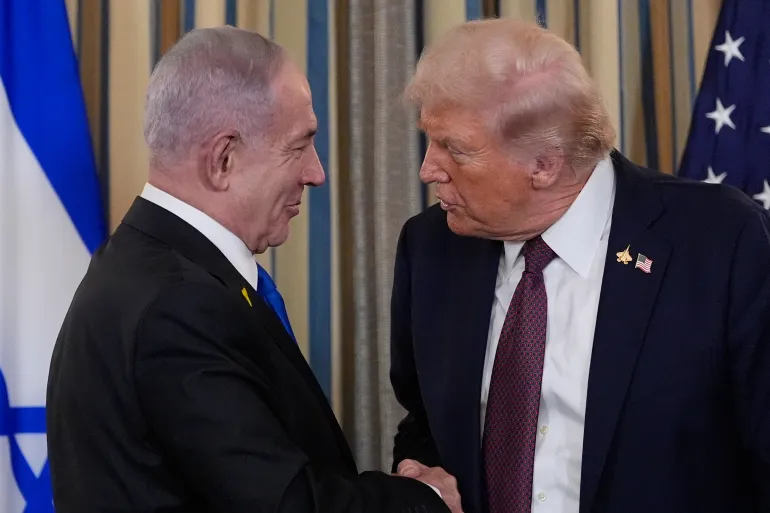China, Reeling from Trump's Trade Tariffs, Seeks India’s Support
Beijing, April 12, 2025
The trade war between the United States and China has reached a new level. After President Donald Trump announced tariffs of up to 145% on Chinese goods, Beijing has shifted its strategy. The world’s second-largest economy is now working quickly to strengthen ties with neighboring countries in order to mitigate the economic blow.
Chinese President Xi Jinping is set to visit three important Southeast Asian countries—Vietnam, Malaysia, and Cambodia—next week. The main objective of the visit is to deepen economic relations and gain regional support and cooperation against Trump’s tariff war.
Recently, the ruling Communist Party of China held a high-level conference on neighboring diplomacy. It was announced that Southeast Asia would now be considered a "priority area" in China’s foreign policy. A press release stated that the region would play a crucial role in building a “shared future for humanity.”
Benoit Hardy-Chartrand, an international relations analyst at Temple University in Japan, said,
Southeast Asia has long been strategically important for China. It lies at the crossroads of India and the Pacific, as well as close to major global trade routes. However, he cautioned that countries like Vietnam and the Philippines are still wary of China. Without resolving bilateral security issues, economic relations with these countries may not fully develop.
🔶 China Focuses on India as Well
Not only is China focusing on Southeast Asia, but it is also turning its attention to its neighbor, India. With the trade deficit between the two countries set to reach a record $100 billion in fiscal year 2025, China has expressed concern and a desire to increase imports from India.
According to a report from Hindustan Times, China may remove tariffs and non-tariff barriers on several Indian goods. Additionally, there are requests for India to re-open its market to Chinese businesses, which include issuing more business visas, direct air connectivity, and creating a more business-friendly environment.
After the 2020 military tensions along the Line of Actual Control (LAC), India had curbed Chinese investments and banned several Chinese apps. However, after troop withdrawals and high-level talks in October of the previous year, relations between the two countries have started to normalize.
China’s new diplomatic strategy clearly indicates that, despite facing Trump’s tariff war, Beijing does not want to be isolated economically or politically. Instead, it aims to strengthen ties with its neighbors and solidify its position on the international stage.


